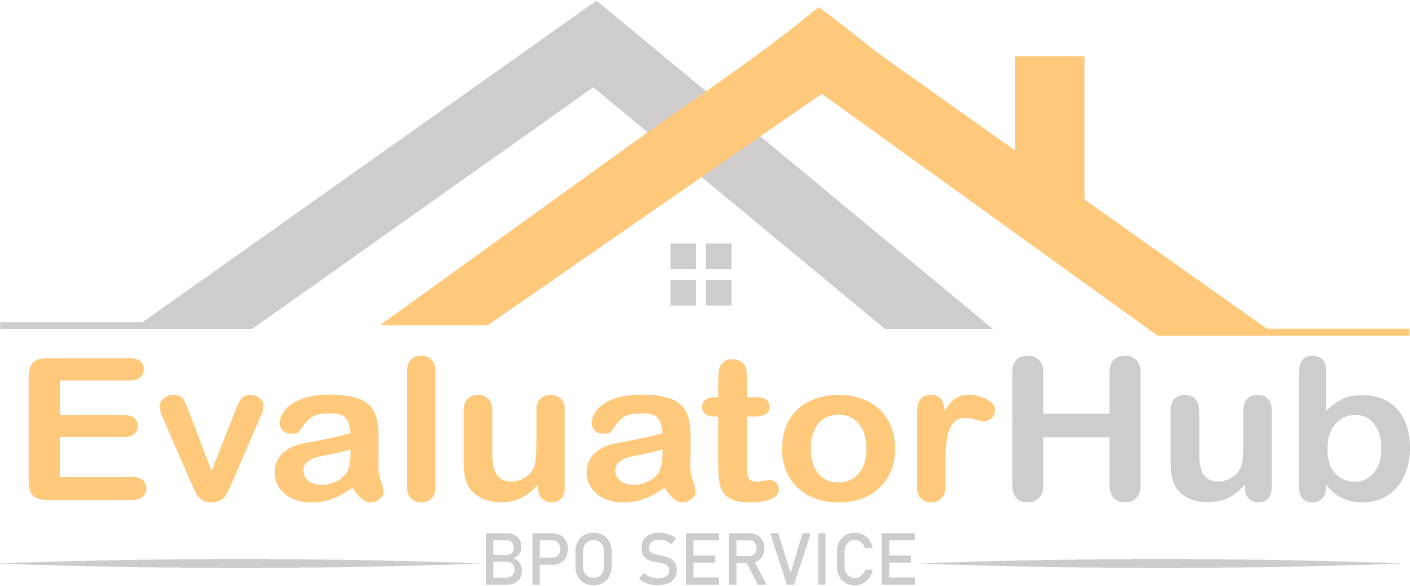https://evaluatorhub.com/blog-post/
The United States real estate market is a dynamic landscape, characterized by diverse opportunities and challenges. Whether you’re a first-time homebuyer, an investor, or a seasoned real estate professional, understanding the nuances of this market is crucial for success. In this comprehensive guide, we’ll delve into the intricacies of the USA real estate sector, exploring its key drivers, trends, and investment strategies.
- Understanding the Market Dynamics:
- Regional Variations: The USA real estate market is not monolithic; rather, it comprises diverse regional markets, each with its unique dynamics influenced by factors such as demographics, economic conditions, and local regulations.
- Urban vs. Suburban: The shift in preferences towards suburban living, driven by factors like remote work trends and lifestyle changes, has reshaped the demand dynamics in many urban centers.
- Key Trends Shaping the Sector:
- Technology Integration: From virtual property tours to blockchain-based transactions, technology is revolutionizing the way real estate transactions are conducted, making processes more efficient and transparent.
- Sustainable Living: Increasing awareness of environmental issues has led to a growing demand for sustainable and eco-friendly properties, driving innovation in green building practices and energy-efficient designs.
- Affordability Challenges: Rising home prices and stagnant wages have exacerbated affordability challenges in many parts of the country, especially among younger generations and low-to-middle-income households.
- Investment Strategies:
- Residential Real Estate: Single-family homes, condominiums, and multifamily properties continue to be popular investment options, offering steady rental income and potential appreciation.
- Commercial Real Estate: From office buildings to retail centers, investing in commercial properties can provide diversification and higher returns, albeit with greater risk and complexity.
- Real Estate Investment Trusts (REITs): REITs offer a convenient way to invest in real estate without directly owning properties, providing liquidity and income through dividends.
- Navigating the Buying Process:
- Financing Options: From conventional mortgages to FHA loans and VA loans, there are various financing options available to homebuyers, each with its eligibility criteria and requirements.
- Due Diligence: Conducting thorough due diligence, including property inspections, title searches, and financial analysis, is essential to mitigate risks and make informed investment decisions.
- Legal Considerations: Understanding local zoning laws, property taxes, and homeowners’ association regulations is crucial to avoid legal pitfalls and ensure compliance.
- Emerging Opportunities:
- Opportunity Zones: Designated by the government to spur economic development, opportunity zones offer tax incentives for investments in underserved communities, presenting opportunities for investors seeking tax advantages.
- Short-Term Rentals: The rise of platforms like Airbnb has unlocked new avenues for property owners to generate rental income through short-term rentals, albeit with regulatory challenges in some markets.
Conclusion: The USA real estate market offers a myriad of opportunities for investors and homeowners alike, but success requires a deep understanding of market dynamics, trends, and investment strategies. By staying informed, conducting thorough research, and seeking professional guidance when needed, individuals can navigate the complexities of the real estate landscape and achieve their financial goals. Whether you’re buying your dream home or building a diversified investment portfolio, the journey through USA real estate is both challenging and rewarding.


